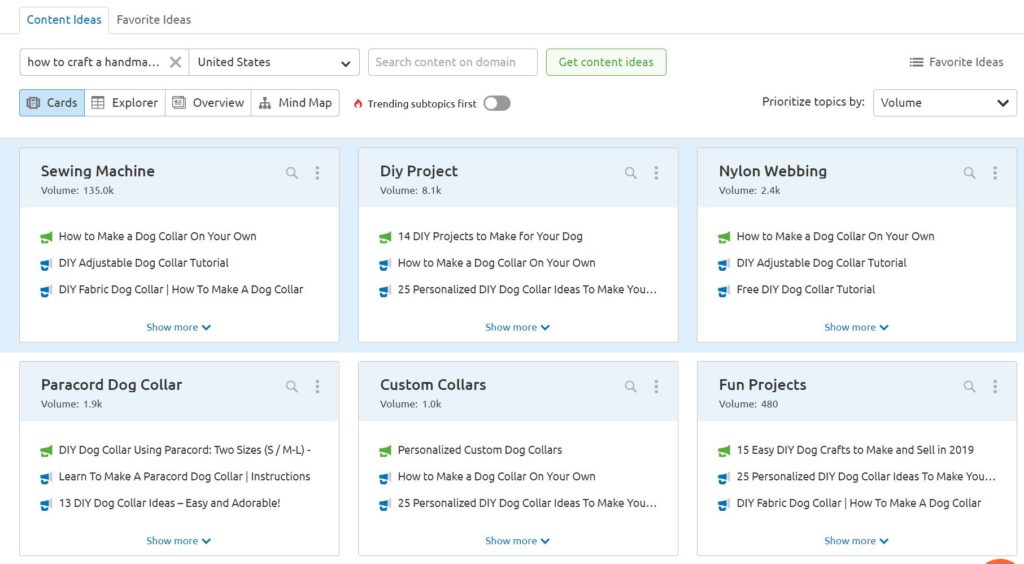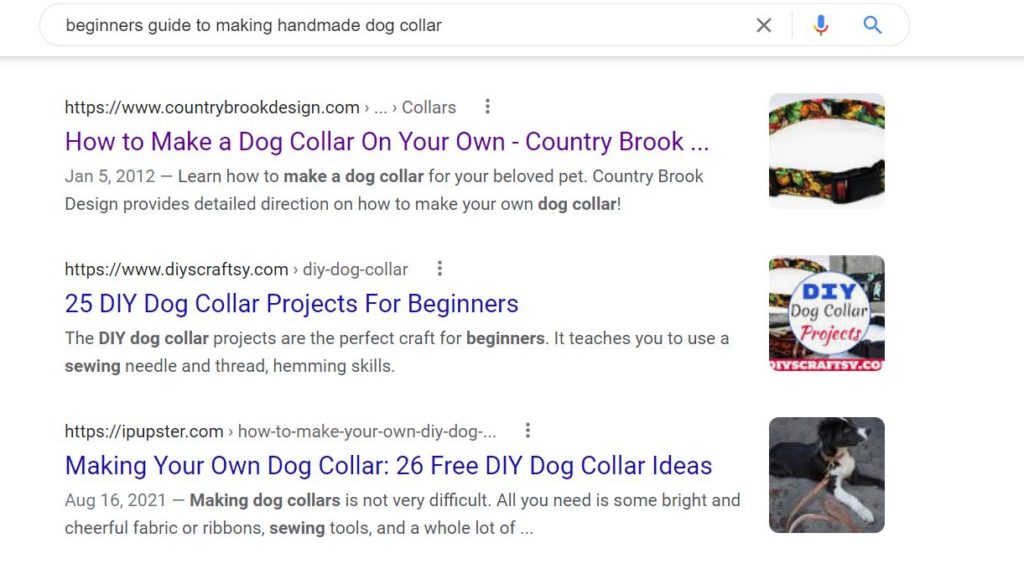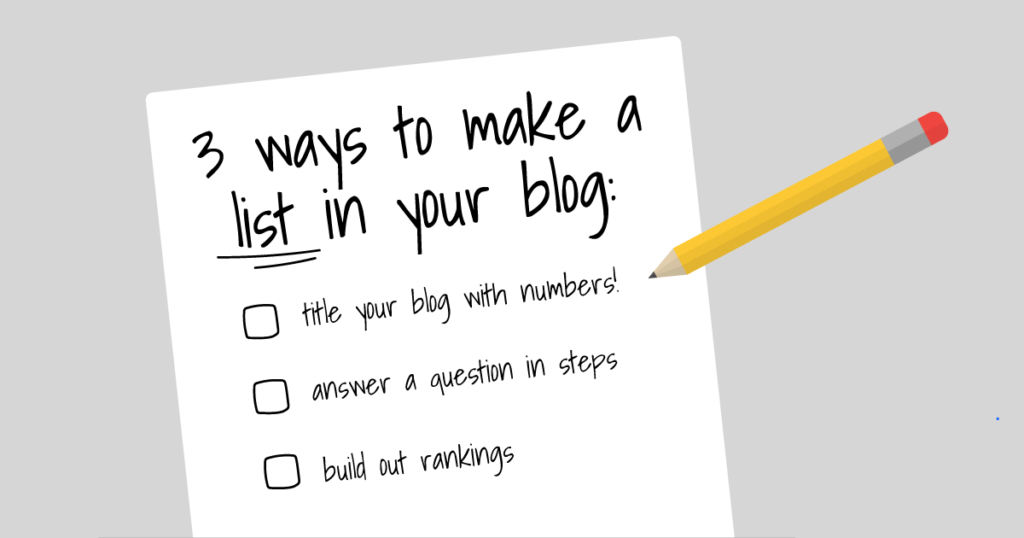A Blog About Blogging: 4 Tips to Improve Your Content Marketing
This blog is going to be about blogs. To make it even more meta, we may talk about Meta, a place for you to share your blogs. If you feel like your blog is getting a little blah, it’s time to put these blog ideas into your log. Voila.
Companies all across the world spend billions of hours every week drafting blogs. In fact, there are over 7.5 million blog posts being published every day (via Earthweb). This kind of output requires a sizable amount of time and money devoted to content marketing.
So, why are so many businesses worrying about blogging? Of the many benefits to blogging, here are some of the most crucial for businesses:
- Blog posts help increase relevant search traffic to your website. Content opens up opportunities for your website to rank on various search queries.
- Blogs can be great sales tools. Whether you’re looking to generate leads via a pop-up form or link out to products, a well-written blog post can help.
- Blogging can increase your authority and engagement. Don’t you want your audience of site visitors and followers to trust that you know your stuff?
But all content marketers can get caught up in the blasé blog phase and feel like their efforts are wasted. How do you get out of your blogging slump? How do you improve your chances at ranking in search engines? And what in the world should you even blog about?
We’ll aim to answer these questions and more as we provide 4 tips to help you improve your content marketing. Let’s get started!
Tip #1: Find Gold by Researching Keywords and Topics
I know, “find gold” sounds exciting and “research” sounds drab. But do you think Blackbeard found his treasure without a little research?
Before sitting down to start writing your blog, consider conducting research to make sure the topic (and title) are worthwhile. Here’s what I like to do:
Use Google Keyword Planner to Find Keywords
When you login to Keyword Planner (free and accessible, so long as you have a Google Ads account), you can enter a keyword or phrase to see the estimated monthly search volume. Here’s an example from my search of “handmade dog accessories”:

Not only will Google give me an estimated search volume for the phrase I was interested in, but it will also provide some examples of other search terms and projected volume. This will help point me in the right direction when it comes to titling my blog.
Use SEMRush to Identify Content Opportunities
This tool isn’t free, but it’s worth the expense. SEMRush is a search engine marketing tool that can help you conduct competitor research, find new keywords, and more. They also have a “topic research” tool which will show examples of content similar to your keywords across competitor sites.

When I entered my term “how to craft a handmade dog collar” into the textbox, I was served a few headlines of similar articles that have been written (and ranked) online. This may be helpful in spurning more inspiration, or in helping you decide that a topic is not necessarily worth writing about (if it’s too saturated).
Conduct Your Own Google Search
While Google Keyword Planner can give you some keyword ideas, and SEMRush can help with headlines and content inspirations, your final step in the research process will be a bit more manual.
Once I feel like I have a topic and title that I feel good about, I like to conduct a quick Google Search to see if anyone else has written something similar. Here’s what showed up when I searched “Beginners Guide to Making Handmade Dog Collar”:

Though these first few options are similar, nothing captures those key phrases of “beginners guide” and “handmade dog collar” to the degree I hope to rank for. There’s also no featured snippet that it appears I’d be competing against. This tells me that I’ve got a topic worth writing on my blog, and so long as I take care of my onsite SEO appropriately: I can rank!
Though this research example may be a bit trivial, it’s a method that can help in identifying what topics are worth writing. In fact, this exact method helped us earn a featured snippet for our blog on Spotify Ads – a blogpost that’s already generated several requests for proposal (see below).

Tip #2: Write Content that can be Readily Broken Down into List Form
Look what I’m doing right now. Not only do lists help with h2/h3s and SEO, but they also make it easier to read. Let’s be honest, we’re all skimmers.
Want to know a stat that humbles me? The average reader spends 37 seconds reading a blogpost. That’s about 0.4% of the time that it took me to write this one.
The reality is that individuals like to have a compelling title that hooks them in, and answers that they can scan for as bolded headlines.
Here’s a list of ideas on how to incorporate list-formatting into your blogs:
- Title your blog post with numbers. (i.e. “4 reasons why you should quit your detox diet now” or “the top 7 ways to save for your retirement”)
- Answer a question in steps. Writing a blog post about how to create a braided bracelet? Use your h2s or h3s to break down the steps of the process (i.e. “Step 1… Pick your favorite color of string”)
- Build out rankings. Perhaps you’re ranking your top 30 movies of the last 30 years. Perfect! Your content is headed towards a beautiful list.
The goal of this exercise is to make your content more digestible and scannable – for search engines and readers alike. And from my experience, it also makes blogs easier to write.
Pro Tip: writing content in list form also allows for some cross-promotional efforts by turning articles into printouts, downloadable infographics, or other collateral.

Tip #3: Find Tactful Ways to Link Back to Product or Service Pages on Keywords
When you do digital marketing right, people won’t even realize you’re marketing. Just like how I slid a subtle internal link back to our digital marketing service page.
Internal linking, or the process of linking to one page on your website from another, is great for blogs for a couple of reasons:
- It helps Google’s bots determine which pages (which, in most cases will be your service or product pages) are the most important on your site.
- It helps establish which topics or services your blog is related to.
- It can help cut down bounce rate by giving readers a spot on the page to engage with (by clicking the link).
- It also allows readers who have gotten to your site through an article to more readily explore other pages on your site, too.
With every blog that I write, I try to find 1-2 strategic points in the blog to link back to service pages. I usually do so on keywords of value to our company (i.e. digital marketing, performance marketing, strategic marketing, paid search, etc.).
Ecommerce companies can readily find ways to link out to product pages by writing blogs that reference products on their online store. For lead gen companies, linking to relevant service pages (preferably ones that include a form) can also be helpful. And in certain cases, it may make sense to link to recent blog posts – like our 3 tips to freshen up your Spring creative post – to increase overall readership.

Tip #4: Repurpose and Improve Upon Old Posts
As a content marketer, there may be days or weeks where you just feel stuck. No creative ideas are coming. No keyword research is helping. There’s just nothing.
In those moments, I try to go back through our existing posts and see if there’s an opportunity to refresh any of them. Specifically, I look for blog posts that I feel were written well and are still topical, but didn’t get the organic traffic that I hoped for.
For example, in February 2021 I wrote a post called “4 digital advertising strategies to use in employee recruitment.”

Though the content was solid, there were a few things that could be improved:
- The title of the article was a bit long and could be further optimized for SEO
- The content itself had too many run-on sentences and paragraphs; could be cleaned up.
- Headings left a lot to be desired.
So, instead of spending the ~3 hours it usually takes to write a post, I spent ~30 minutes re-working this previous blog post. We also developed a new cover image and re-titled the blog post to read “How to Attract & Recruit New Employees with Digital Advertising.”

When we edited and re-posted this blog in September 2021 (7 months after the original posting), it had improved metrics across the board. Most notably, the post had 4.5x the amount of pageviews from September ‘21 – April ‘22 than from Feb ‘21 – September ‘21. Furthermore, average time on page jumped from 2 minutes and 20 seconds to 4 minutes and 35 seconds.
Having a second chance to look over a post and see where SEO or general readability can be improved is a luxury for us content marketers. Yet, so few bloggers ever think to go back and repurpose an old article.
If an article that you know is filled with rich content has not performed well, consider giving it a few months and then repurposing it. You may be surprised by how it can be turned around!
In addition to these four tips, there are a number of other ways to improve your blog’s performance. You can cross-promote blogs in your email marketing and on your Facebook feed. You can work with a graphic designer or illustrator to break up your article with visuals. You can include contests and promotions to encourage engagement in the comments.
Content marketers have the ever-challenging job of writing blogs that, when executed properly, drive business growth. If you’re feeling stuck and needing someone to discuss digital marketing tactics with, give our team a buzz. In the meantime, we hope this resource helps move your blog forward. Thanks for reading!
Ready To Grow?
Let's Talk!

